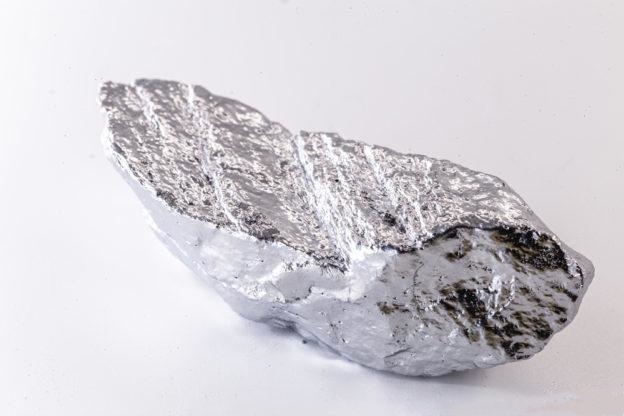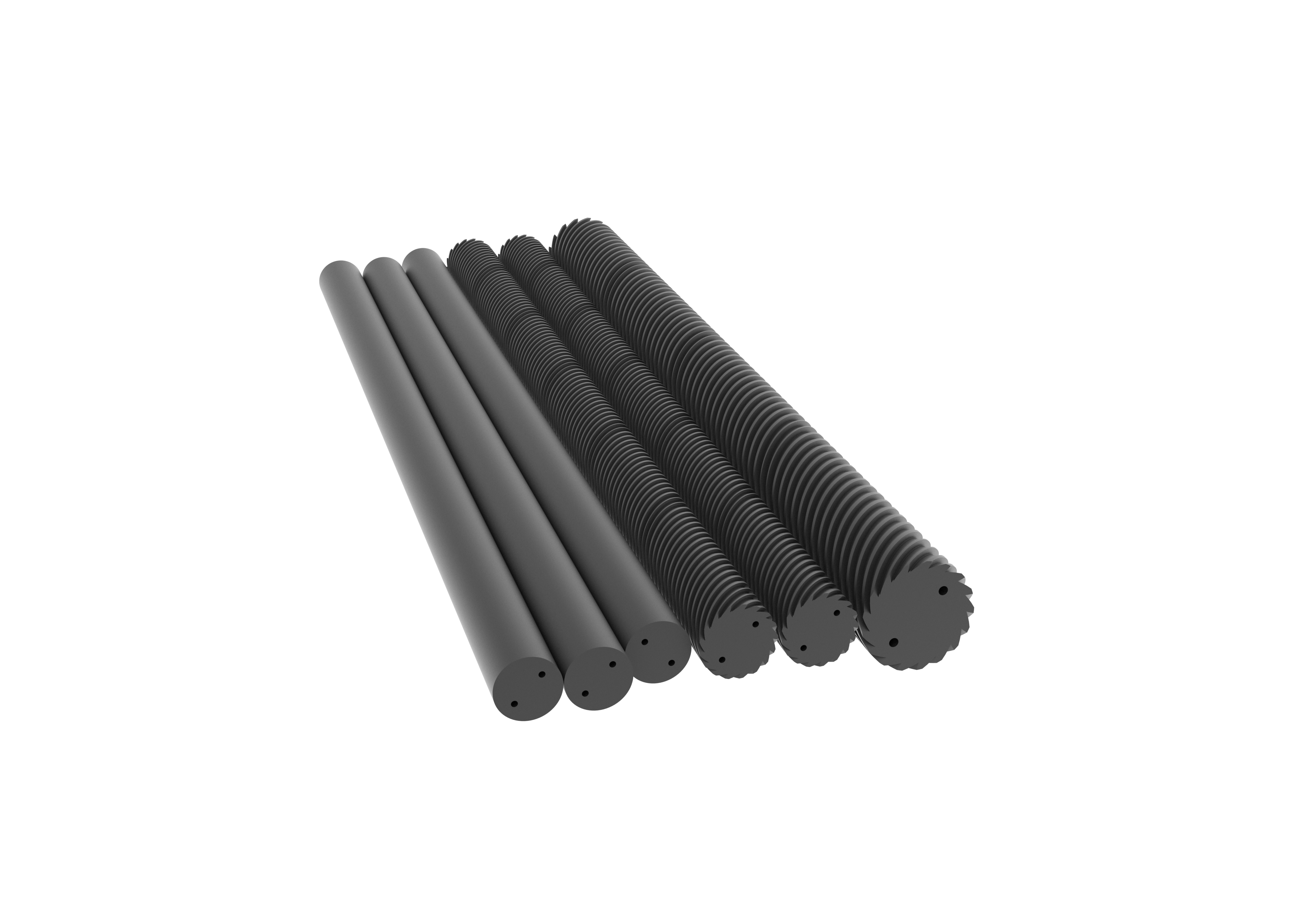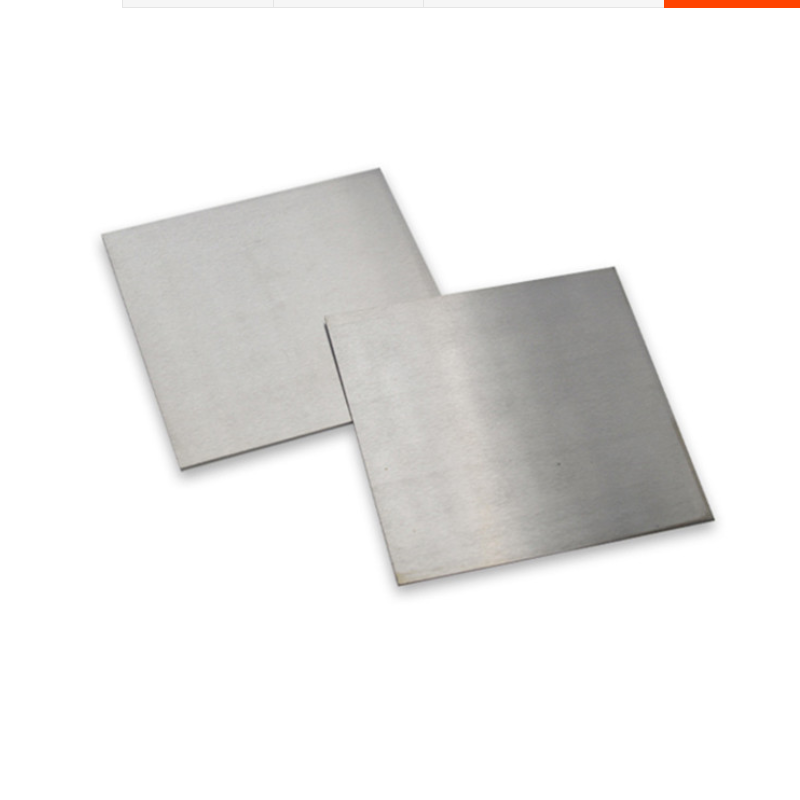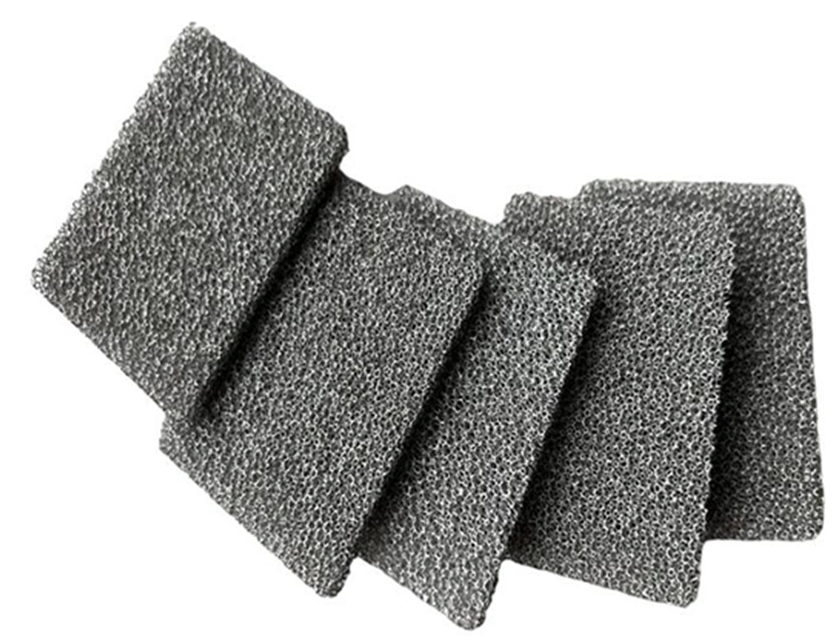Nickel
Ni is the chemical symbol of nickel in the VIIIB group of the periodic table and its atomic number is 28. Pure nickel is a silvery grey metal. Nickel is hard, malleable, ductile and can be highly polished. With good properties, nickel is often made into stainless steel, structural alloy steels and other kinds of steel, high nickel base alloys and batteries. Nickel uses are in military industrial manufacturing, civil machinery manufacturing and the electroplating industry.
Properties of Nickel
Density of Nickel: 8.9g/cm³
Melting point of Nickel: 1455℃
Boiling point of Nickel:2730℃

Material Forms















What is nickel used for?
Nickel exhibits excellent malleability, resistance to corrosion, and magnetic characteristics, making it a prominent choice for applications in steel, nickel-based alloys, electroplating, batteries, and various military manufacturing sectors like aircraft, radar, civil machinery manufacturing, and electroplating industry.
In the steel industry, nickel's superior corrosion resistance, high temperature resistance, and anti-rust properties make it a popular choice for applications in stainless steel and alloy steel.
Nicke alloys are a type of alloy known for their high strength and pronounced resistance to oxidation and corrosion when exposed to high temperatures ranging from 650 to 1000°C. These alloys find extensive usage in sectors such as aviation, shipbuilding, chemical processing, electronics, medicine, and energy.
Electroplating, specifically nickel plating, involves applying a durable and corrosion-resistant coating to steel and other metal substrates. This coating offers a 20%~25% increase in corrosion resistance compared to galvanized coatings.
In the realm of batteries, nickel-plated metal finds application in nickel-hydrogen batteries, cadmium-nickel batteries, and nickel-manganese batteries.






